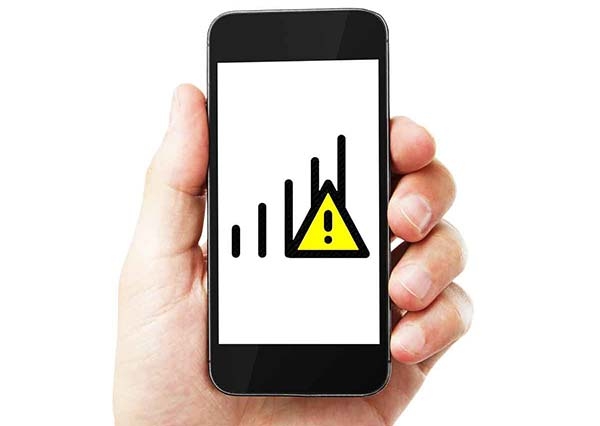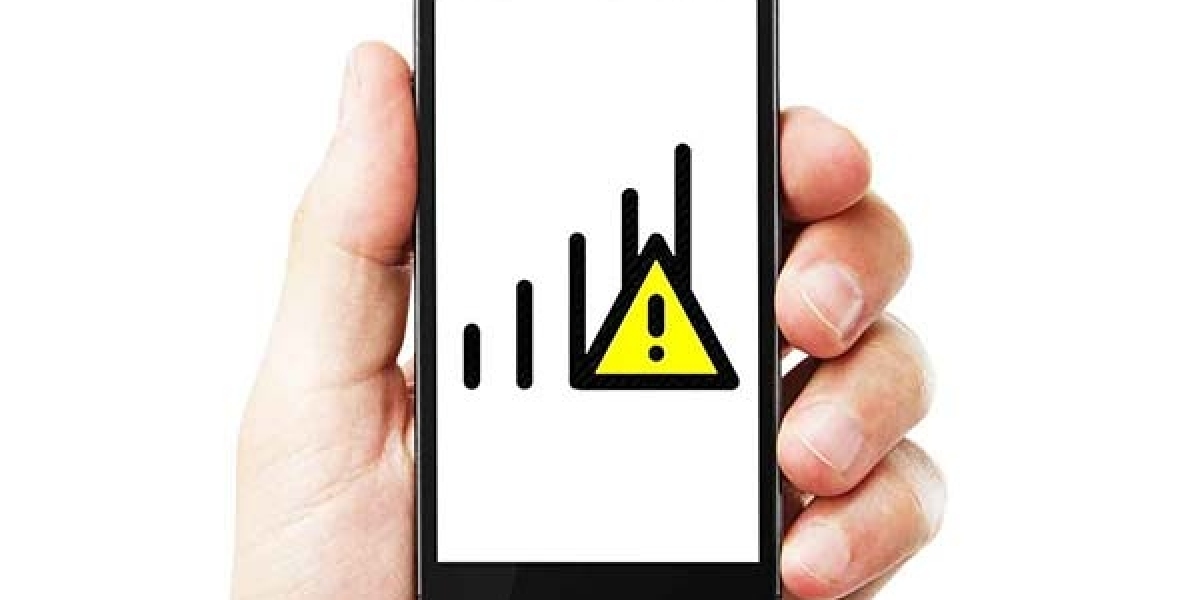Jammers achieve their effect by sending out a signal at the same frequency with sufficient power to collide with and cancel the original signal. In situations of low interference, cell phones automatically increase their power, compelling the jammer to recognize and adapt to this power escalation.
Operating as full-duplex devices, cell phones utilize two distinct frequencies at the same time: one for speaking and another for listening. Some jammers interfere with only one of these frequencies, which inadvertently blocks both. This leads the phone to mistakenly believe it has no service, as it is only able to receive one frequency.
Basic jammers are limited to blocking one frequency band, while more sophisticated devices can interfere with several network types simultaneously. This prevents dual-mode or tri-mode phones from automatically switching between networks in their search for a signal. Some high-end jamming devices can block all frequencies at once, while others can be specifically tuned to certain frequencies.

To successfully jam a cell phone, one needs a device that broadcasts on the suitable frequency. While different cellular systems manage signals in unique ways, all mobile networks utilize radio signals that can be disrupted. GSM technology operates in the 900 MHz and 1800 MHz bands in Europe and Asia, and in the 1900 MHz (sometimes called 1.9 GHz) band in the United States. Jammers can function on any frequency and are effective against AMPS, CDMA
The range at which signal jammers operates is influenced by its power and the local environment, which may include features like hills or walls that obstruct the jamming signal. Low-power jammers typically block calls within an approximate distance of 30 feet (9 meters), while high-power jammers can create a no-signal zone the size of a football field. Law enforcement devices can disrupt service within a mile (1.6 kilometers) of their location.
Cell phone jammer were first created for law enforcement and military use to interfere with the communications of criminals and terrorists. The commuter train bombings in Spain in March 2004, as well as the attacks in Bali in October 2002 and Jakarta in August 2003, were all initiated through cell phones. It has been reported that jammers successfully disrupted an assassination attempt on Pakistani President Pervez Musharraf in December 2003. Moreover, British police were said to have contemplated the use of jammers to secure President Bush's motorcade during his visit to London in November 2004.
In a hostage crisis, law enforcement can oversee the timing and location of calls made by the kidnappers. Similarly, during drug raids, police have the ability to cut off phone communications to prevent suspects from contacting people outside the operation area.

